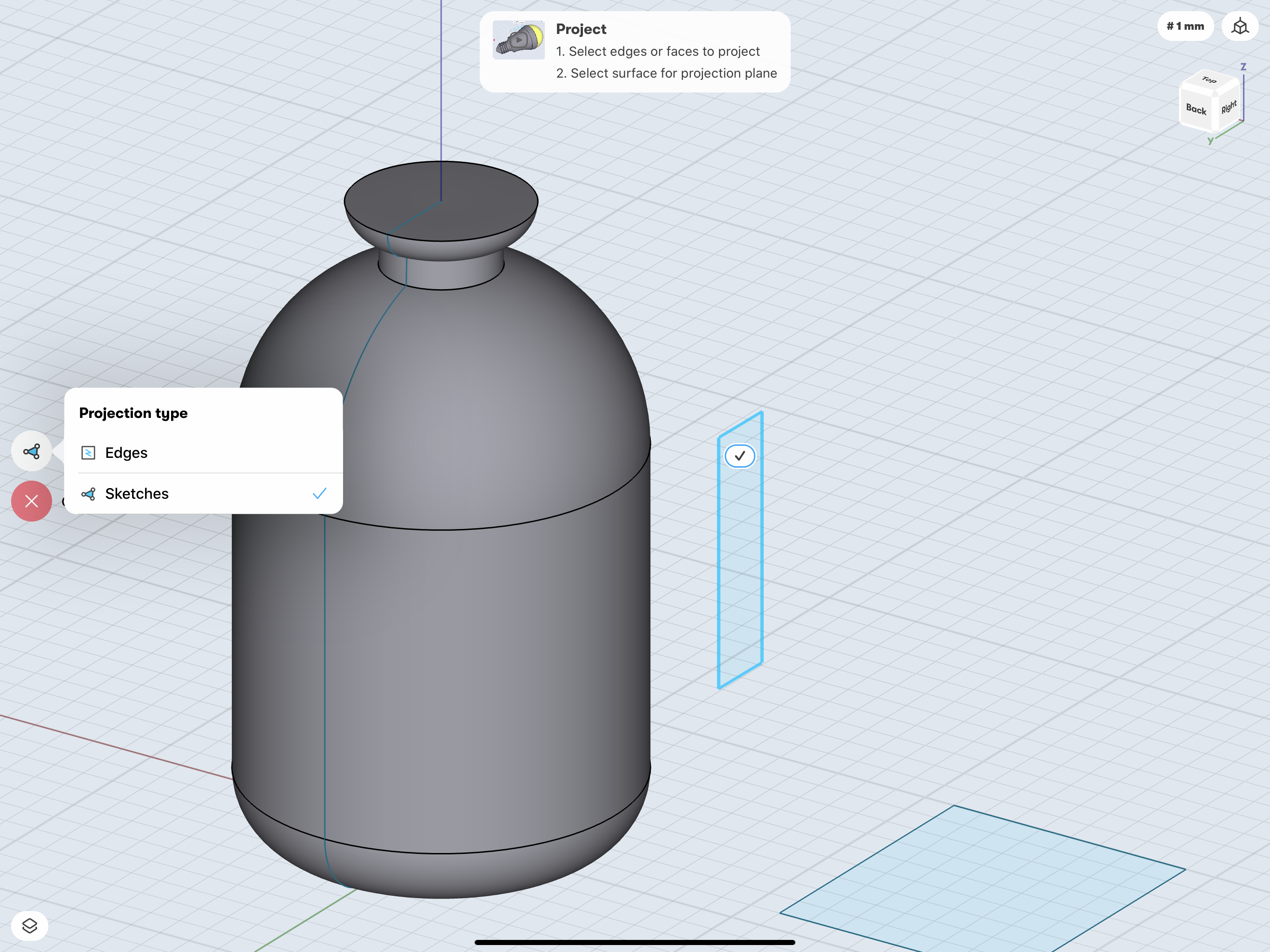

It only works within it's "error range", so you couldn't helix a 1" hole with a 1/4" bit. You can only "Helix" in a certain range too. With a CNC machine, it might cut the shallow pocket first too, but it will come back around and go deeper on the next pass, depending upon the depth of both and parameters of the machine itself. There again, you aren't likely to get the edge of your door lined up on your tabletop CNC either, but point made. Even then it just aborts and pulls fully out. It cuts at the same depth through the entire cut, until you retract, or get too far off line. Depth (Z) is not part of the file, it must be set by you, and it cannot change during the cut. It will tell you "on screen", but it's up to you to actually set that depth. The second pocket would be deeper, shorter and inside the first one, but this doesn't happen from within the file. The longer shallower cut first, then back over the same place again deeper. If you need to cut the double depth pocket of a SOSS hinge, you treat it as two separate cuts. Of course that tabletop machine can't do anything on your floor or a bartop, so there are advantages/trade-offs with either.Īs an example. Things like the squared corners of lettering can be done with a V-bit, where the Z axis pulls the bit up in the corners, on a tabletop CNC. It cannot "carve" like a tabletop CNC machine can. It can only plunge to the depth that you tell it and pull all of the way back out when you hit retract. Again though, the Z axis is not "active" in the cut.


 0 kommentar(er)
0 kommentar(er)
